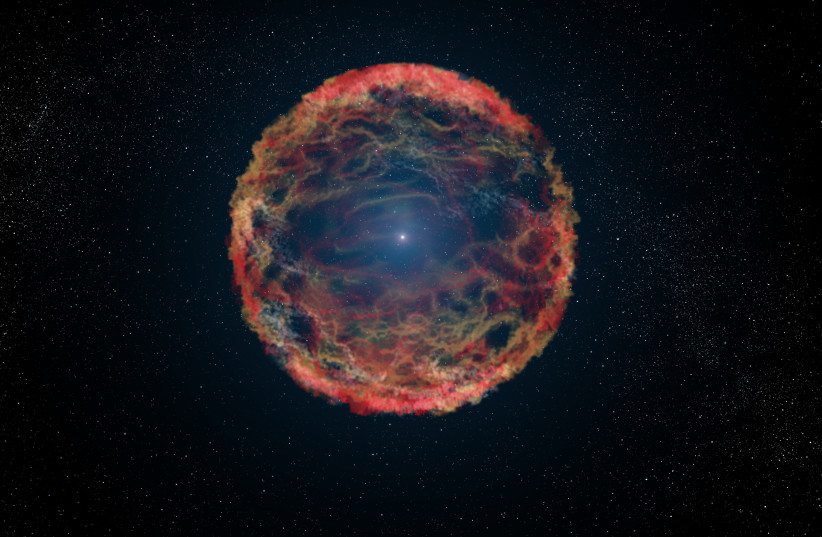NASA's James Webb Space Telescope has unveiled yet another stunning image of the cosmos, this time taking a new detailed picture of the Cassiopeia A supernova remnant.
Located around 11,000 light years away from Earth in the Cassiopeia constellation, Cassiopeia A is already a very widely studied object in space.
However, the finer details provided by the advanced instruments on the James Webb Space Telescope can help scientists learn even more about it, and about other supernovae like it.
When a star explodes: What is Cassiopeia A?
This vast 10-light-year-wide cosmic swirl of colors is the result of a supernova explosion that occurred roughly 340 years ago – at least, from Earth's perspective.
If that seems recent, that's because it is – Cassiopeia A is the youngest known supernova remnant in the Milky Way Galaxy.
A supernova is essentially an exploding star. It is one of the two fates for a star when it reaches the end of its life cycle, no longer able to produce energy in its core.
Stars of all kinds are fueled by this energy production in their cores, which sees energy made by nuclear fission fusing lighter elements to form heavier ones. It is this process that keeps the star hot, allowing gases to expand while simultaneously drawing its mass toward the core in a delicate gravitational balance.
When a star can no longer produce this energy, a process that takes millions or billions of years, one of two things happens. In the case of stars around the size of our Sun or smaller, it will result in the star collapsing to form a white dwarf.
But for stars large enough, around eight-15 solar masses at a minimum, it causes a supernova, which sees the heavy elements blasted throughout space in an explosive display.
So that's what a supernova is, but there are still many questions to consider, such as exactly how it occurs and what kinds of stars can explode like this, and learning more can help reaffirm or upend previous scientific understandings about them.
In particular, one major question that has always lingered is the origin of cosmic dust. This stuff is everywhere, even in very young galaxies in the early days of the universe. However, no one is quite clear where they come from. Supernovae are believed by many to be one possible source since they essentially blast heavy elements throughout space.
Considering these heavy elements are essentially the building blocks for other stars and planets – and therefore life itself – finding out where they came from is a subject of considerable scientific interest.
Because Cassiopeia A is considered a prototypical supernova remnant, it is the best case study to answer these many questions.
"Cassiopeia A represents our best opportunity to look at the debris field of an exploded star and run a kind of stellar autopsy to understand what type of star was there beforehand and how that star exploded," explained Purdue University's Danny Milisavljevic, who was the principal investigator of the James Webb Space Telescope program that took these images.
So what's new in this picture?
Taken mid-infrared, the new Cassiopeia A image seems to show the areas where materials were shot out by the supernova and rammed into the surrounding dust and gas.
This is just on the outer shell of the swirling bubble, though. On the inside, we can see a slew of colors, shining amid a mix of various heavy metals and dust emissions.
In the center-right, however, is another curious finding: A green loop or softs nicknamed by the scientists as "The Green Monster" that seems to be marked with smaller bubbles.
What this is isn't clear yet, and the shape and complexity aren't what the scientists were expecting.
Perhaps future studies can get a better understanding.

